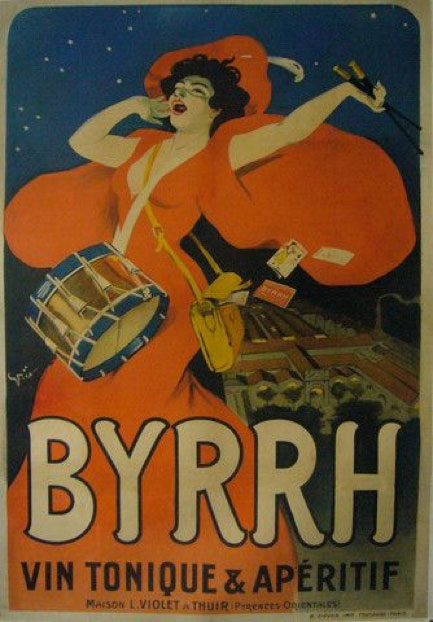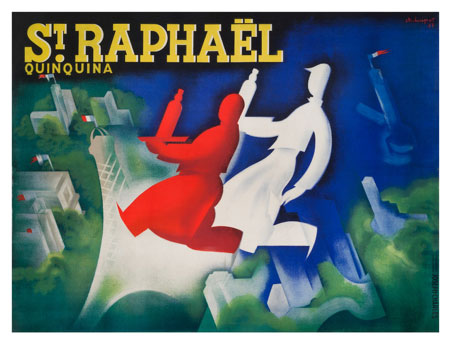Apéritifs, the French pre-dinner beverages intended to stimulate appetite, originated in the late nineteenth century. Apéritifs emerged as a popular alternative to wine at the height of the Phylloxera epidemic in the 1870s and 1880s, which saw wine production plummet and prices soar as Europe’s vineyards were devastated by the relentless plague of a small but vicious insect. The blight coincided with the appearance of new methods of sugar-beet production, which made possible the mass production of a broad range of new alcoholic products. By 1900, there were 1,500 individual apéritif brands in France. Aperitifs, which were often manufactured with spices and herbs to disguise the strong alcoholic taste, were branded as healthy products that could aid digestion. Dubonnet, one of the most recognisable aperitifs of the time, was made with quinine, which was known for its malaria-fighting qualities.

By the end of the First World War, wine prices began to return to their pre-phylloxera levels, and apéritif consumption was threatened. Absinthe, which had accounted for 20% of apéritif consumption, was banned because of its associations with moral degeneracy. As the historian Sarah Howard has demonstrated, this gave the apéritif companies a reason to invest heavily in advertising during the inter-war period. With alcohol making up 8% of all household budgets, and accounting for 15.2% of advertising expenditure during these years, the advertising quality became more important than ever for selling aperitif.
Apéritif advertising often depicted fictional characters, known as personage-types, which became synonymous with individual brands. Charles Loupot designed some of the most recognizable apéritif posters of his time. For Cointreau, Loupot made two posters featuring the brand’s personage-type, Pierrot, in 1930. It was common for aperitif manufacturers to adopt characters like Pierrot, who were meant to represent the typical ‘bonhomme’ or man-on-the-street figure. Pierrot originated from Cointreau’s 1898 advertising campaigns, but Loupot gave him a distinctly modern makeover, with a bright palette and a cubist-inspired figure. St Raphaël’s posters were characterised by its ‘rouge et blanc’ figures, usually pictured as two elegantly dressed waiters representing the ‘red’ and the ‘white’ versions of the apéritif. Loupot repeatedly developed these figures during the last years of his career, in what is widely considered to be one of the most successful French advertising campaigns of the twentieth century. Thus, the apéritif was transformed from a cheap alternative to wine to a chic beverage synonymous with modernity and refinement.
